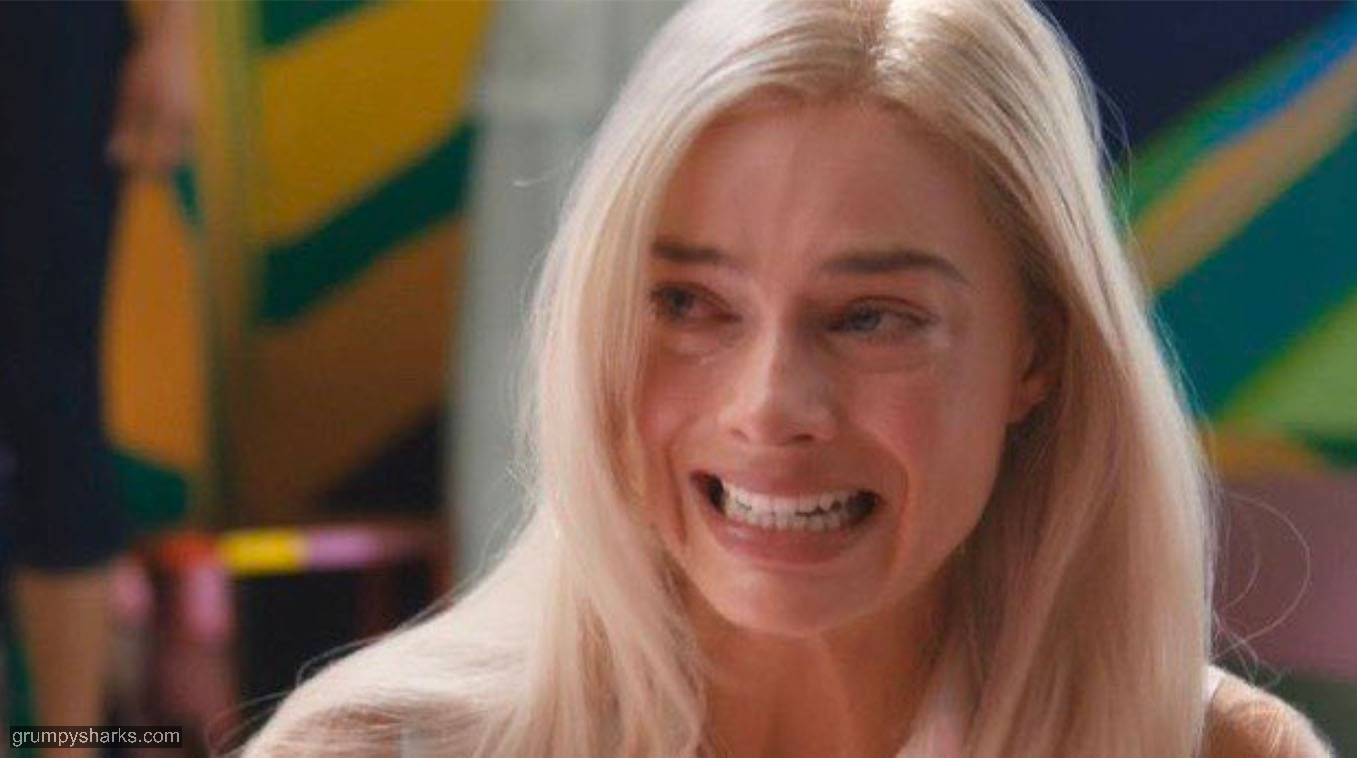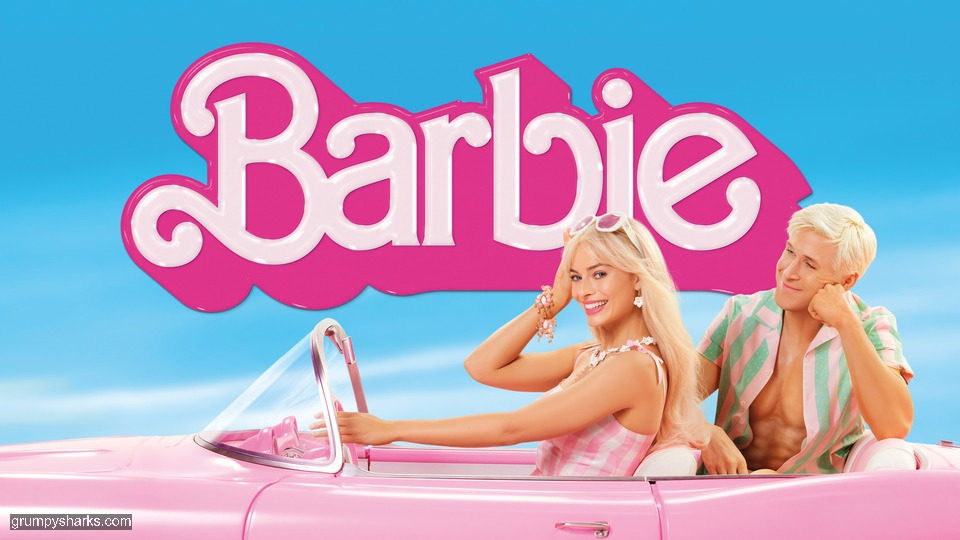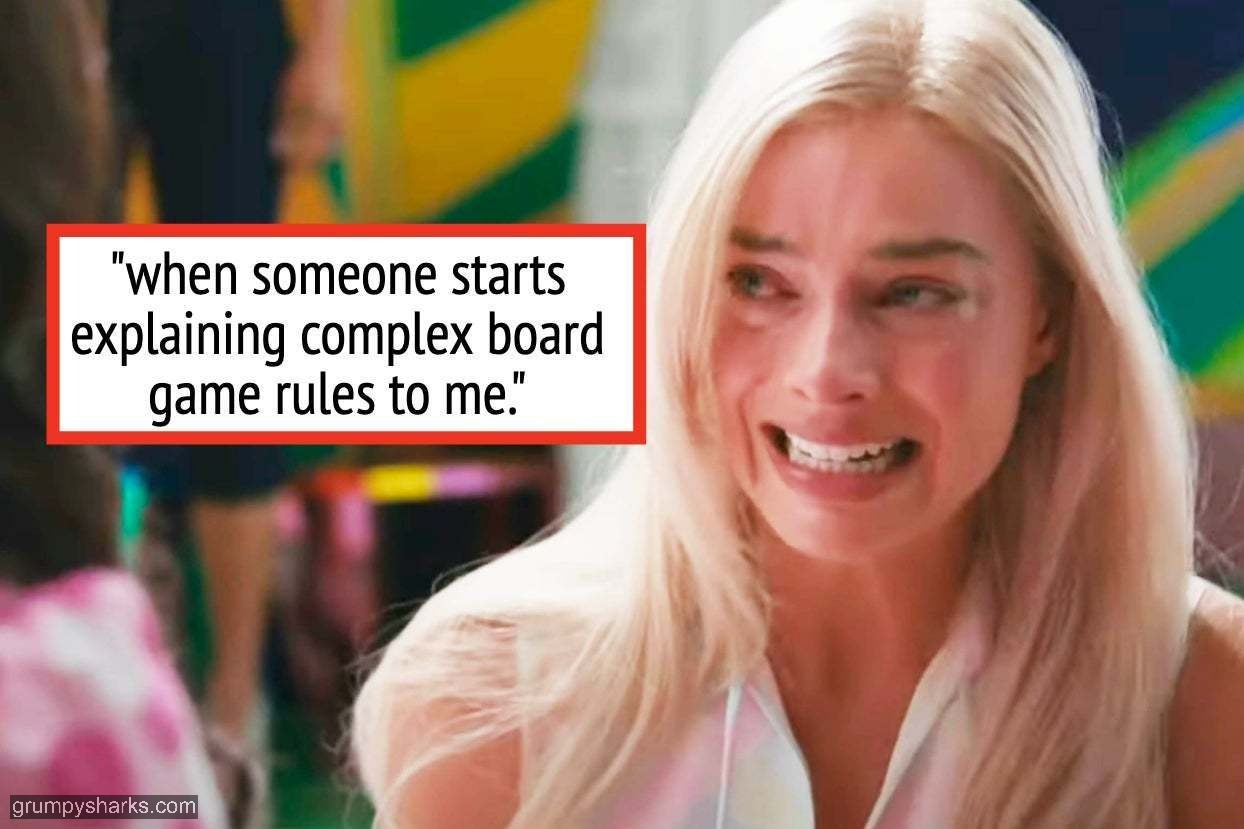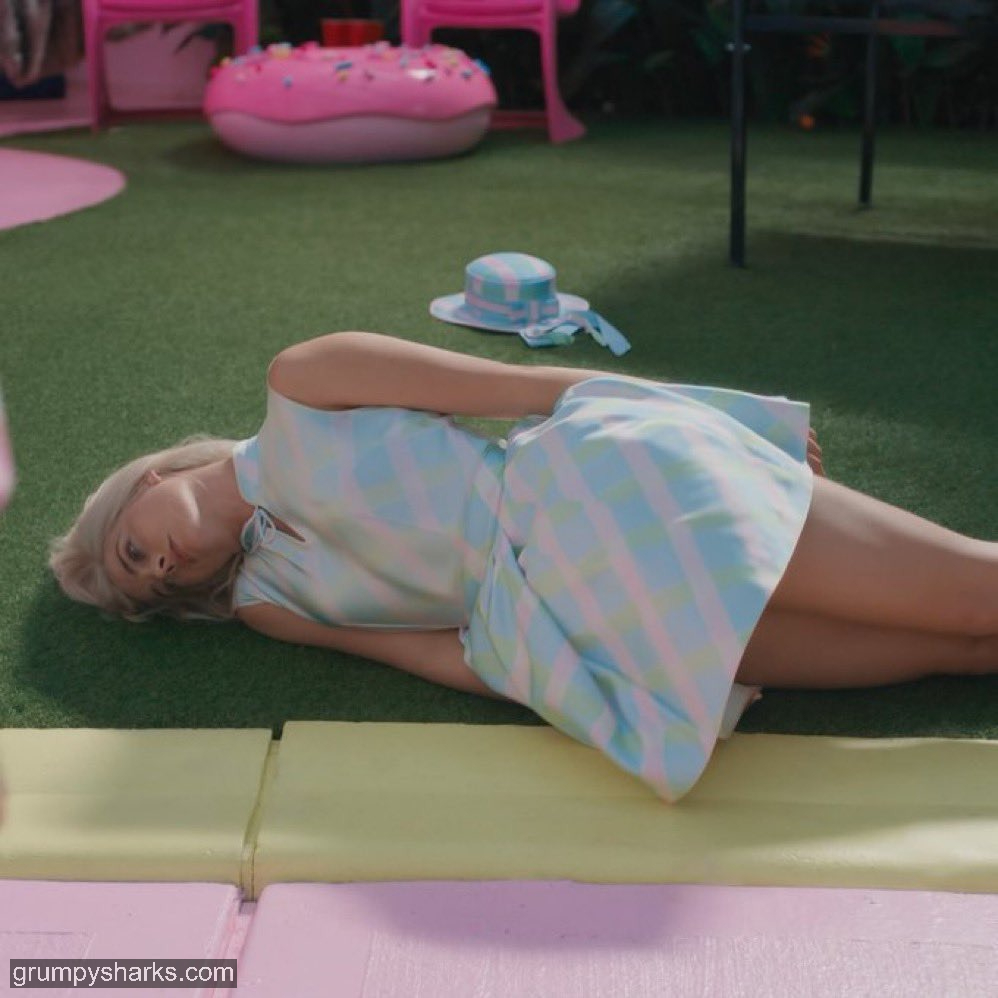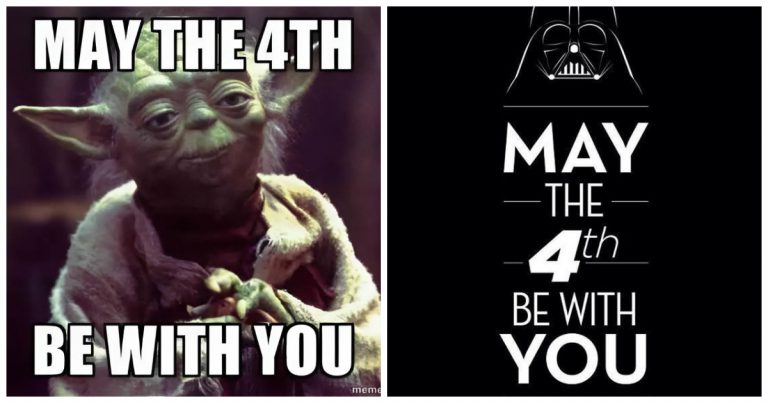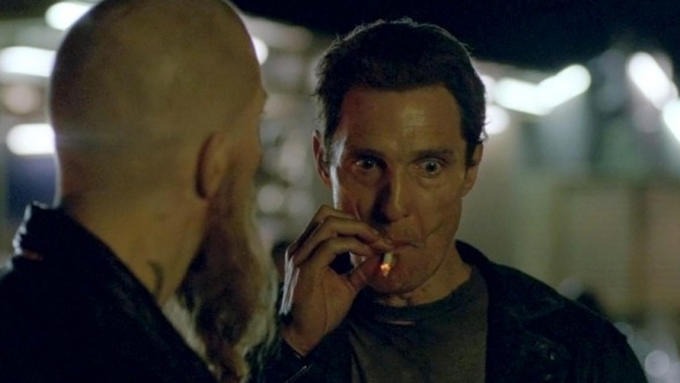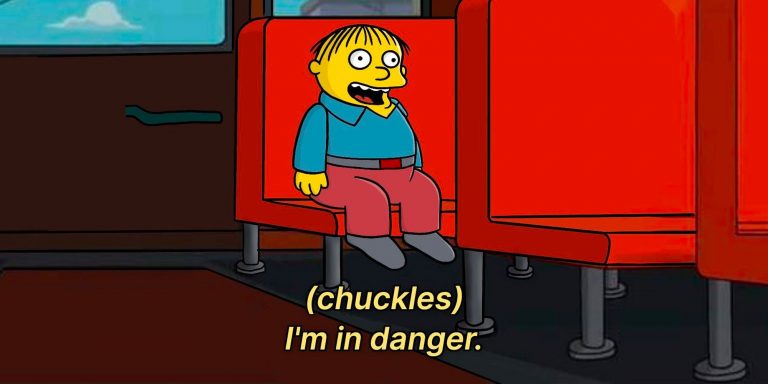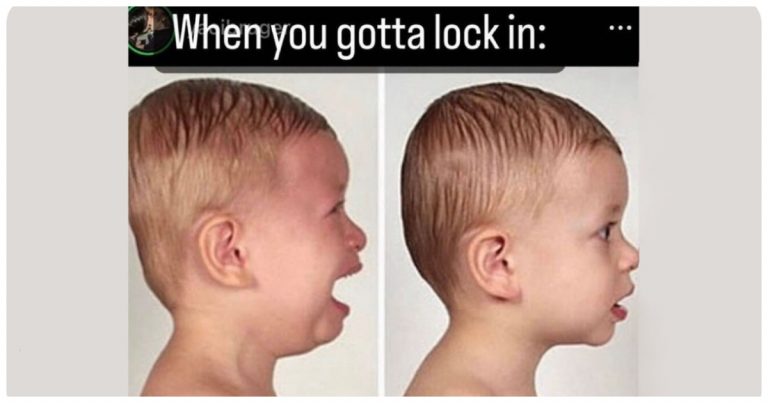The Story Behind The Crying Barbie Meme: How Plastic Perfection Turned Painfully Real
The Crying Barbie meme comes from Margot Robbie’s very emotional scene of Barbie from the 2023 Barbie movie coping with the ironically disparaging breakdown of a model-perfect icon.
The meme has a universality to its relatable themes of unknown struggles, social pressures, and the notion of emotional duality. The meme has gone with viral from TikTok, Twitter, Instagram, and beyond.
This article will explore its origins, cultural significance, formats, and how it continues to provide feminist commentary.
1. What Is the Crying Barbie Meme?
What does the meme show, and how is it used?
The Crying Barbie meme is made up of images or clips of Barbie (typically from 2023’s Barbie movie, Margot Robbie’s portrayal of Barbie) looking utterly devastated—crying, crumpling her face in despair, staring blankly into space as if agonizing over something existential.
The images are typically taken from somewhere in the range of the film where Barbie manifests age-old royal emotions and their resulting consequences (the emotional scenes in the movie were raw).
Along with the image of Barbie crying or traumatized, it is typically accompanied by text to show the difference between Barbie’s flawless facade and her disappointment concerning reality.
Common forms of use can include sharing moments of silent meltdowns where someone is wearing a mask of perfection, exploring the humorous absurdity of feeling pressured to maintain perfection, or sharing relatable anxiety-fueled moments of self-loathing.
For example, if someone shared a still of Barbie crying, it could be captioned with something such as “When you’re smiling through a panic attack at brunch.” The meme is purposely ironic, making it a fun choice for mental health humor and also poking fun at societal pressures.
Is this the most emotionally raw moment ever captured in a plastic icon?
Barbie as a representation of the aspirational and plastic, everything about Barbie crying is seismic. The meme resonates because it humanizes an impossible icon of perfection while touching on the MRI of the labor of performative womanhood.
And the memes are for the woman splitting herself between her curated life and the burnout, uncertainty or societal demands to “have it all”. Social platforms like Instagram have amplified the meme in other posts or tape of Barbie’s tears aligned with another user’s quiet suffering.
2. Where Did the Crying Barbie Meme Come From?
The 2023 Barbie movie and viral stills
The meme traces its roots to Greta Gerwig’s 2023 Barbie movie, which features Margot Robbie playing Barbie going through dramatic emotional breakdowns. The essence of the meme comes from a couple of key moments, such as Barbie crying about existential crises, and staring blankly after asking herself, “What is my purpose?”
Fans captured stills of these scenes, most notably Robbie’s tear-streaked face, that were ripe for the meme-ing because there is something starkly vulnerable about her demeanor.
When and how it first appeared online
The meme really took off online shortly after the film’s July 2023 release. It started with Twitter having reaction type posts such as “Me leaving the theater after Barbies breakdown”.
TikTok picked it up and began reconstructing the meme into POV videos, and audio remixes. Then Instagram meme pages who posted stills of the scenes with clever captions entered into the meme mix. During the film’s cultural moment, the meme was quickly disseminated around the hype of both “Barbenheimer” and box office domination.
3. Why the Meme Resonates So Powerfully
Beauty and breakdown in one image
The Crying Barbie meme’s potency lies in its contradiction: this is a doll made for perfection becoming completely undone in suffering. This juxtaposition is powerful at a time we are all pressured to have curated lives and polished images, hiding our pain, where Instagram exists.
There is an absurdity in seeing the unfiltered images of Barbie in pain and mascara streaming down her face next to memes that capture the absurdity of trying to uphold a perfect front while internally breaking.
Shared experience in the era of quiet breakdowns
The meme speaks to larger cultural experiences: the existential crisis of the grind, burnout, experiences of identity devastation and erasure, and the emotional invisibility many women experience.
There is something particular poignant for Gen Z and Millennials with rising costs, Pre-Pandemic jobs, social media, and mental health stigma. The captions like “When you’re Barbie but your dreamhouse is anxiety” resonates because they articulate shared, unspoken experiences.
4. Popular Formats and Variants of the Crying Barbie Meme
Caption Templates – Text and scenario pairings
The meme’s flexibility is best displayed in its captions which pair Barbie’s watery eyes alongside a hyper-relatable scenario. Popular templates include:
- “When someone starts explaining complex boảd game rules to me.”
- “You’re trying to keep it together in the Target restroom after shopping for dry shampoo.”
- “Smiling through the pain cause therapy is not until Thursday.”
In these funny quips, Barbie’s personal, emotional meltdown is turned into a shared laugh with other social media users, thus making the meme easily adaptable for office rants or a self-deprecating post!
Remix Variations – Visual edits, reaction videos, and TikTok audio
Far too many remixes using Crying Barbie have been shared online. For example, an informal skit format known as “POV” on TikTok often will use her likeness for “a day in my life” parodies or ironic affirmations.
Popular visual edits typically edit together long zoom-ins to her watery eyes or over-saturate the colors for dramatic effect. Audio edits, (such as a funereal piano track or a sarcastic voice) add irony to the memes, which further reinforces the place of these memes in the development of humour in mental health.
5. Platforms and Communities That Amplified the Meme
Where it Went Viral
The meme made a splash on TikTok , Twitter , and Instagram. The POV skits and therapy parodies by TikTok provided the meme with depth and emotional resonance, while the snappy mental health humor on Twitter, and twitter threads, provided the meme with a bite.
Instagram meme pages like @feminist and @betches are still pumping out stills that can be easily shared and the surges peaked while the film made $1.4 billion at the box office in 2023.
Who Uses It Most
The meme derives a lot of its sustainability from Generation Z and Millennial women but it is also being amplified by mental health advocacy accounts and fashion satire accounts.
These creators have an ability to connect to Barbie’s dualistic nature— the glamorous nature Barbie exudes versus a failing/ broken being— and use Barbie in a way that, much like the creators, provides an opportunity for them to vent about their work, relationship, or societal pressure and expectations. Feminism creators also engage with the memes when critiquing how beauty standards affect women.
6. Will the Crying Barbie Meme Have Lasting Power?
Reuse in seasonal, personal, and viral moments
The versatility of the meme already makes it a likely–influencer in seasonal/months of awareness like mental health months, award season, rebooting of barbie ia a few years, etc. The meme is naturally relevant to personal rants or viral memes much like “Drake Hotline Bling“ and the lifecycle for memes.
Ranking among emotional and ironic pop culture memes
Crying Barbie has a seat at the table with other emotional meme company like “Sad Pablo Escobar“, “Sad Keanu“, “Disaster Girl“, etc. The combination of irony, vulnerability, and feminist jab gives Crying Barbie shelf life along with other popular memes, earning Baribie the right to become a pop culture meme icon of the 2020s.
Conclusion
The Crying Barbie meme’s origin stems from Margot Robbie’s emotionally challenged performance in the 2023 Barbie movie. The meme reflects the lived anxiety of the tension that exists through the juxtaposition of both the immovable ideas of perfection and the acceptance of pain.
Going viral on TikTok, Twitter, and Instagram suggests a cultural moment rooted in a deeply recognizable humor of struggles often left unspoken except for the emojis we use to express them.
Crying Barbie memorializes and materializes a plastic, stunning woman into a feminist lens that asks us to acknowledge Barbie as a representation of modern womanhood through her beauty, brokenness, and rawness.
Whether you are sobbing after a bad Zoom call or you are collapsing in the middle of a Target aisle, Crying Barbie represent all of us moments!

